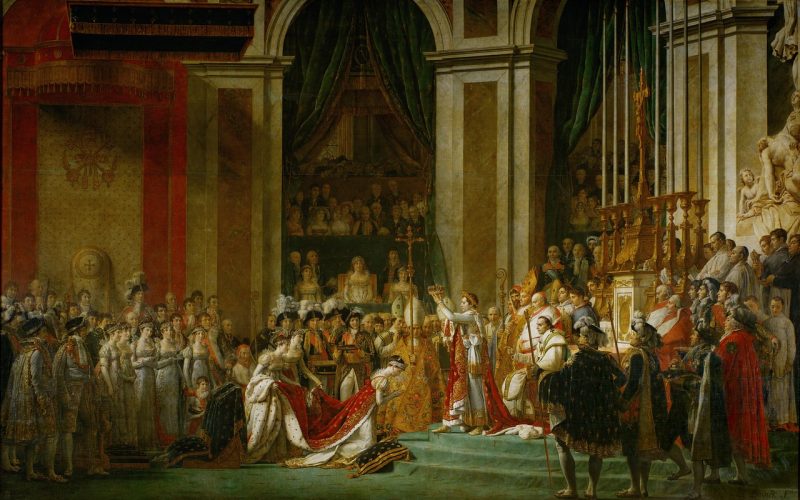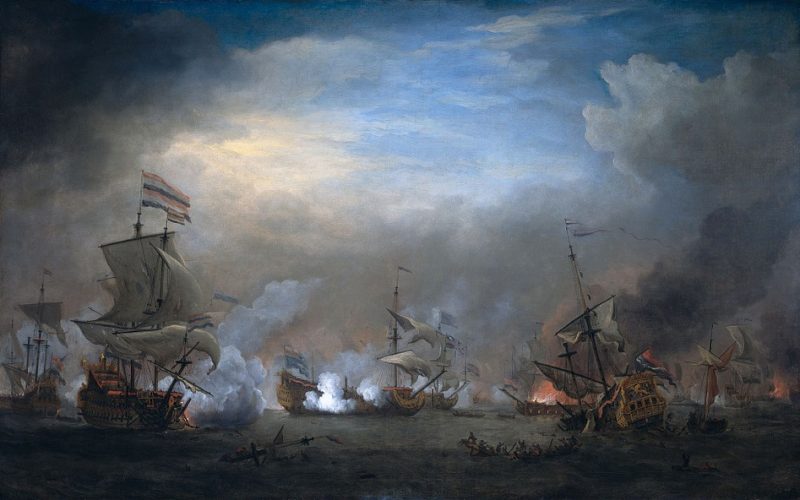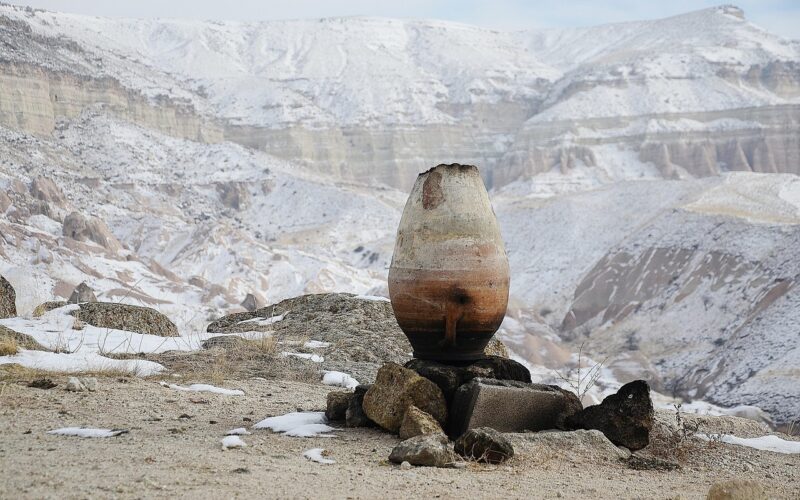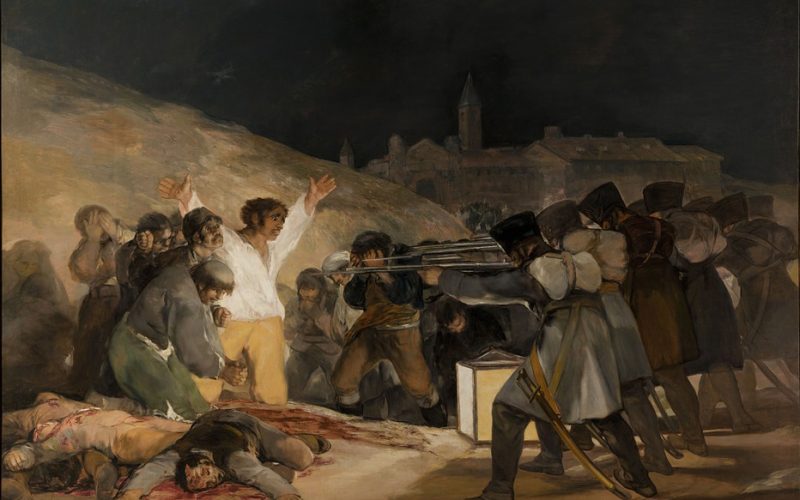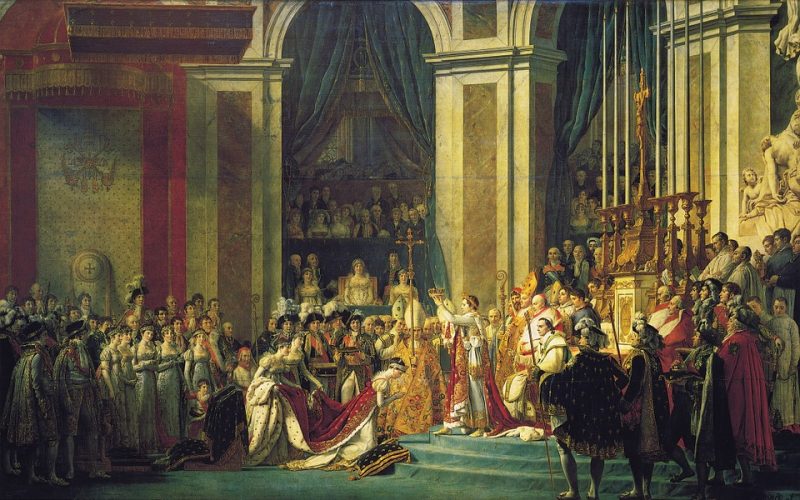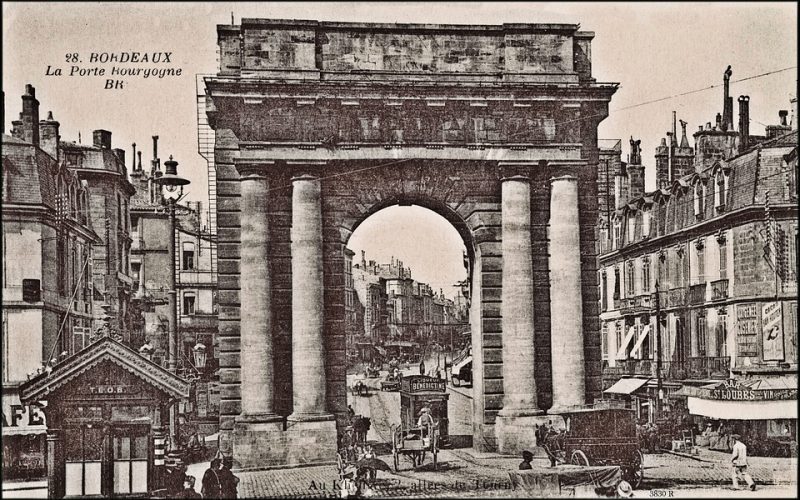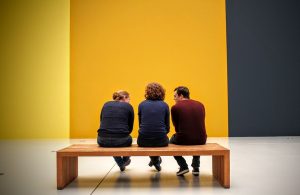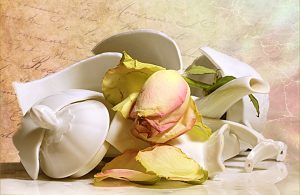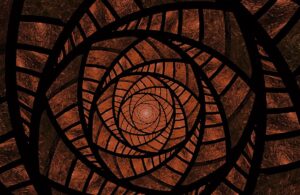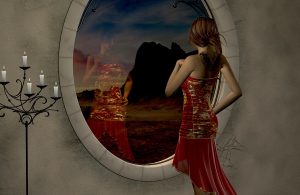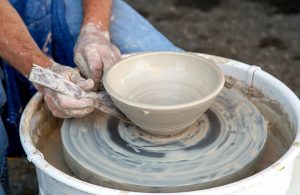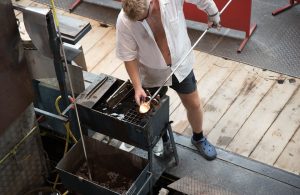During the Napoleon period, which spanned from the late 18th century to the early 19th century, art experienced significant transformation. This era not only saw the rise of some of the most celebrated artists but also the evolution of distinct artistic styles that mirrored the political and cultural changes of the time. Amongst these artists was Jacques-Louis David, a prominent figure who became Napoleon's official court painter.
David's works were marked by his neoclassical style, emphasising stern virtues and heroic subjects, perfectly aligned with Napoleon's regime. His painting, "The Coronation of Napoleon," is a monumental piece that captures the grandeur of the Napoleonic era, showcasing his skill in portraying history with precision and drama.
Jean-Auguste-Dominique Ingres
Another influential artist from this period was Jean-Auguste-Dominique Ingres.
A pupil of David, Ingres developed his unique style that was noted for its clarity of line and classical inspiration, moving somewhat away from his master's strict neoclassical approach. Ingres's work, such as "Grande Odalisque," showcased his mastery in portraying the human form with an intriguing blend of sensuality and structural integrity.
His paintings reflect a transition towards romanticism, a movement gaining momentum during and after the Napoleonic wars, representing the changing tastes and perspectives of the society at that time.
J.M.W. Turner
The Napoleonic period also saw the emergence of the British artist J.M.W. Turner, known primarily for his expressive and atmospheric landscapes.
Turner's penchant for dramatic scenes, often depicting the turbulent relationship between mankind and nature, provided a stark contrast to the neoclassical focus on order and symmetry. His innovative use of colour and light prefigured impressionistic techniques, marking him as a precursor to modern art styles.
Turner's ability to capture the sublime in nature set a new standard for landscape art and demonstrated a shift in artistic temperament, reflecting the influence of romantic ideals on British artists during this era.
Francisco Goya
In Spain, Francisco Goya rose to prominence during Napoleon's rule, producing work that critically examined the socio-political conditions of his country. Goya's art is deeply reflective of the tumultuous times he lived through, with his late works displaying a dark, intense emotional depth.
Known for his portraits and depictions of the horrors of war, his series "The Disasters of War" provided a poignant commentary on the brutality and futility of conflict, resonating strongly with the aftermath of Napoleon's campaigns.
Goya's innovative use of realism and emotive intensity foreshadowed modernism, emphasizing the artist's role as a commentator on society.
Jean-Baptiste-Camille Corot
Contrasting with these intense depictions, the French artist Jean-Baptiste-Camille Corot emerged with his tranquil landscapes, which served as an antidote to the political chaos of the times.
Corot's work is characterised by a poetic realism, capturing the serene beauty of nature and the simplicity of rural life. His gentle brushwork and use of light imbued his landscapes with a soothing quality, earning him recognition as a precursor to impressionism.
Corot's focus on the transient effects of light and atmosphere contributed significantly to the development of plein air painting, influencing future generations of landscape artists.
Antonio Canova
In addition to these significant figures, the sculptor Antonio Canova from Italy played a critical role in advocating for neoclassical ideals during the Napoleon period.
Canova's sculptures are renowned for their elegance and perfection, often portraying mythological subjects with idealised beauty that epitomised the neoclassical ethos. His mastery in working with marble created timeless pieces, such as "Psyche Revived by Cupid's Kiss," which captured both the grace and strength of the period's artistic aspirations.
Canova's influence extended beyond Italy, as he became a symbol of classical revival across Europe, illustrating the era's admiration for ancient artistic principles.
Eugène Delacroix
Lastly, Eugène Delacroix emerged towards the latter part of the Napoleonic era, known for his vigorous and dramatic paintings that celebrated romanticism's fascination with emotion and individualism.
Delacroix's bold brushstrokes and vivid colour palette embodied the dynamic spirit of the time, as evidenced in works like "Liberty Leading the People," which captured the revolutionary zeal of post-Napoleonic France. His ability to convey movement and energy marked a departure from the precise lines of neoclassicism and ushered in a new wave of artistic innovation.
Delacroix’s contribution to art history is profound, influencing not only his contemporaries but also laying the groundwork for the impressionist movement that would follow.
